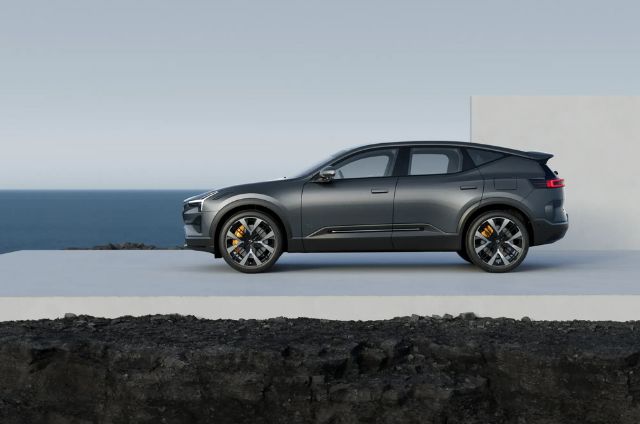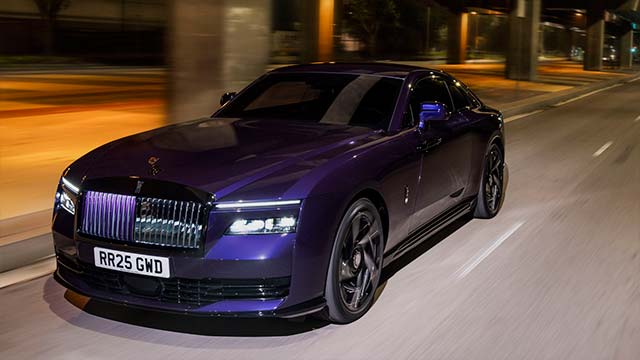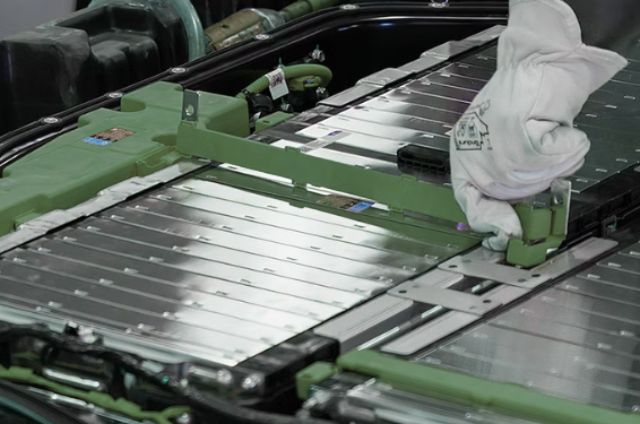A Turning Point for the EV Market
As of October 1, the $7,500 federal EV tax credit is gone. Overnight, many electric cars just got a lot more expensive. For buyers, this could mean tougher choices. For automakers, it’s a wake-up call.
A Sales Boom Before the Bust
In August 2025, EV sales hit an all-time record: more than 146,000 cars sold, nearly 10% of the new-car market. Many buyers rushed to grab credits before the deadline. Used EVs also soared, with almost 41,000 sales qualifying for up to $4,000 in credits. But with incentives gone, experts expect a sharp dip — as much as 27%, mirroring Germany’s experience when it ended subsidies in 2024.
Short-Term Pain, Long-Term Shift
Credits helped narrow the price gap with gas cars. Without them, automakers may need to cut prices or offer new incentives. Tesla and GM already cut costs during earlier credit phase-outs. Other brands may struggle since most already lose money on EV sales. Some models — like the Acura ZDX and Ram EV pickup — are being canceled outright.
Leasing Loophole Closes
Under the Inflation Reduction Act, many households — even wealthy ones — leased EVs to secure tax breaks. At one point, 70% of EVs were leased. With that loophole gone, buyers will need to commit to ownership. Analysts say this could strengthen the market by pushing people to buy EVs for their quality, not just for subsidies.
Winners, Losers, and What’s Next
Hybrids and plug-in hybrids could benefit most in a post-credit market. Meanwhile, automakers must prove they can deliver affordable EVs without federal help. States like California may step in with local incentives, but uncertainty remains.
Despite political headwinds, industry experts believe the strongest EV makers will survive. The next few years will filter out weak players — and reveal which brands can thrive without government lifelines.



